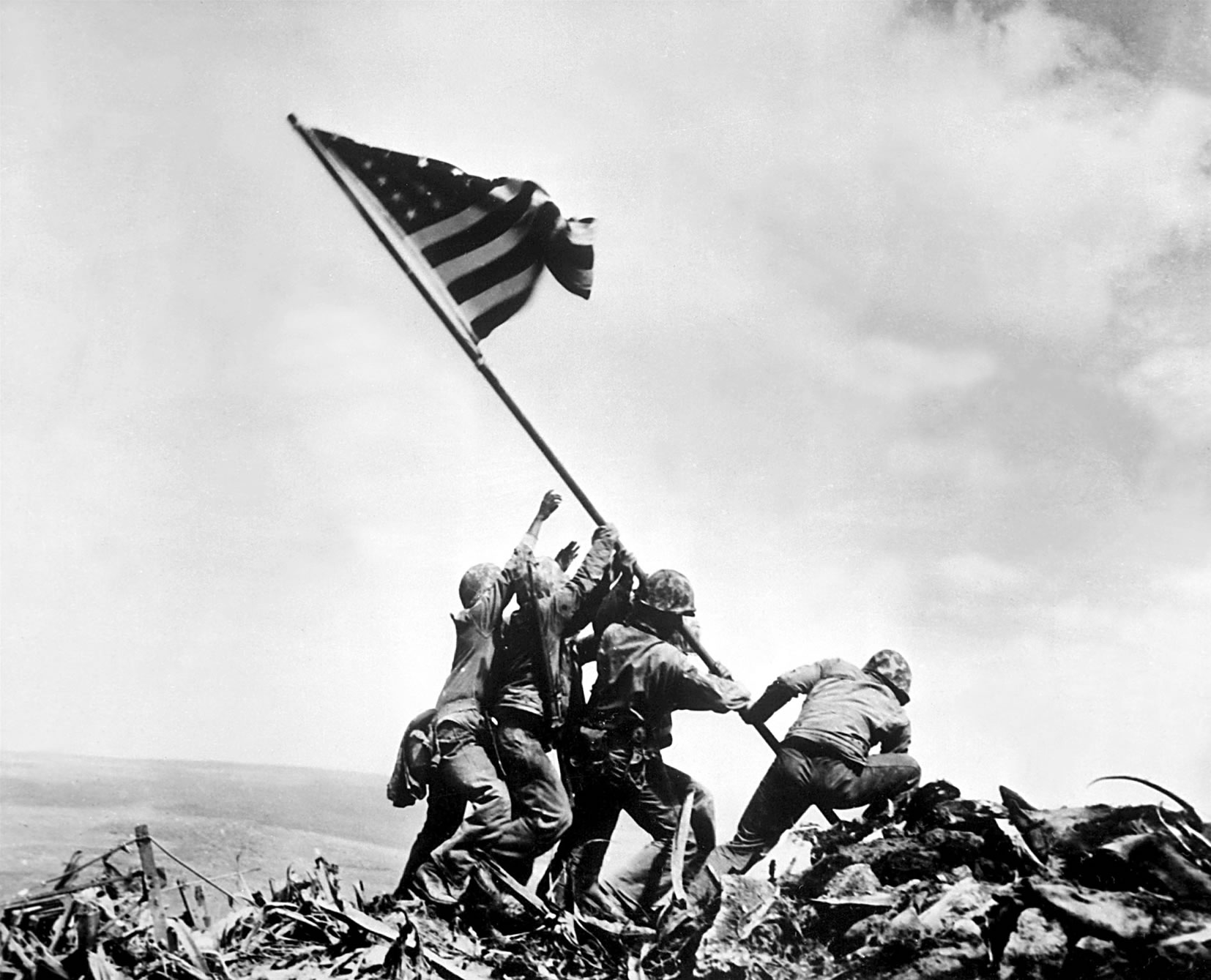Although the United States had a strong isolationist element and some Nazi sympathizers, American opinion had, from the very beginning of the attack on Poland in 1939, been far more nearly unanimous against the Germans and Italians than it had been against the Central Powers in 1914. With the fall of France in 1940, anti-Axis sentiment grew stronger, reinforced by a growing belief that if Hitler won in Europe, the United States would be his next victim.
Between June 1940 and December 1941, the Roosevelt administration, with the consent of Congress and with the general backing of American public opinion, took a series of steps “short of war” to aid Britain and later the Soviet Union. The American government transferred fifty “overage” destroyers to the British in exchange for Atlantic naval bases in British colonies, supplied the British with arms, and used the American navy to help get these supplies across the Atlantic.
Above all, in March 1941 by the Lend-Lease Act, the United States agreed to supply materials needed for defense, including food, to “any country whose defense the President deems vital to the defense of the United States.” Supplies at once began flowing into Britain and later to other anti-Axis powers.
In 1936 Germany and Japan had concluded an Anti-Comintern Pact, agreeing to assist each other in case of aggression by the Soviet Union. In March 1939, as he prepared for European war, Hitler had pressed the Japanese emperor, Hirohito (1901-1989), to join a tripartite alliance with Germany and Italy, but the Japanese estimated that they would not be ready for a Pacific war before 1942. Hirohito agreed to a military alliance with Hitler, provided that Japan need not enter a general war until it felt strong enough to do so. Hitler rejected the latter provision. In September 1940 the two nations agreed that if the United States attacked Germany, Japan would come into the war. But the three-nation Axis would not be truly formed until Japan moved its timetable forward and struck at the United States in December 1941.
Meanwhile, the Japanese took advantage of the fall of France and the Netherlands and of the weakness of Britain. They penetrated into French Indochina (Vietnam) by agreement with Vichy France, even as they continued to press their campaign on the mainland of China. The American government continued to oppose what it considered Japanese aggression. The Japanese government fell increasingly into the hands of military leaders who felt that war with the United States was inevitable and who preferred to strike before the American democracy could fully prepare itself. Had the United States been willing to back away from its persistent opposition to Japanese expansion, the war in the Pacific could perhaps have been avoided, but the Americans remained adamant.
In the summer and autumn of 1941 the American government took steps to freeze Japanese credits in the United States, to halt Japanese access to raw materials, and to get the Japanese to withdraw from China and Indochina. Negotiations toward these ends were going on between the Japanese and Americans when on December 7, 1941, the Japanese struck the American naval base at Pearl Harbor in Hawaii.
Grave damage was inflicted on ships and installations, but American power in the Pacific was by no means destroyed. Moreover, the “day of infamy” produced almost unanimous support in the United States for the immediate declaration of war against Japan. Germany and Italy honored their obligations to their Axis partner by declaring war against the United States on December 11. As 1942 began, the war was literally a world war.
Although the United States was far better prepared now than in 1917, it was still at a disadvantage. Against Germany, it could do no more than increase its aid to Britain and the Soviet Union and take part in the struggle against German submarines. Against Japan, the United States was almost as powerless. Its Pacific outposts of Guam, Wake Island, and the Philippines fell in rapid succession.
Nor could the British and the exiled Dutch governments protect their colonies in Southeast Asia, which the Japanese had also attacked. By the spring of 1942, with the fall of Singapore, the Japanese had forced the largest surrender of a British army in history. They had acquired Indonesia from the Dutch, possessed the oil of Borneo, the rubber of the Malay States, and had virtual control of Siam (Thailand) and Burma.
The Japanese attack on Pearl Harbor had been made possible only by close coordination of air and sea forces. They had attack bombers close to Australian shores, and they had dramatically demonstrated during their rapid conquest of the Malay peninsula that they dominated the seas at least to the mid-Pacific.
Public opinion was particularly shaken when the only British capital ships east of Suez, the battleship Prince of Wales and the cruiser Repulse, were destroyed in the Gulf of Siam by Japanese air attack. The Americans, who understood that they were to carry the primary responsibility for the Pacific war, realized that they must turn the Japanese navy back if their own aerial strike forces were to be able to enter Far Eastern waters.

